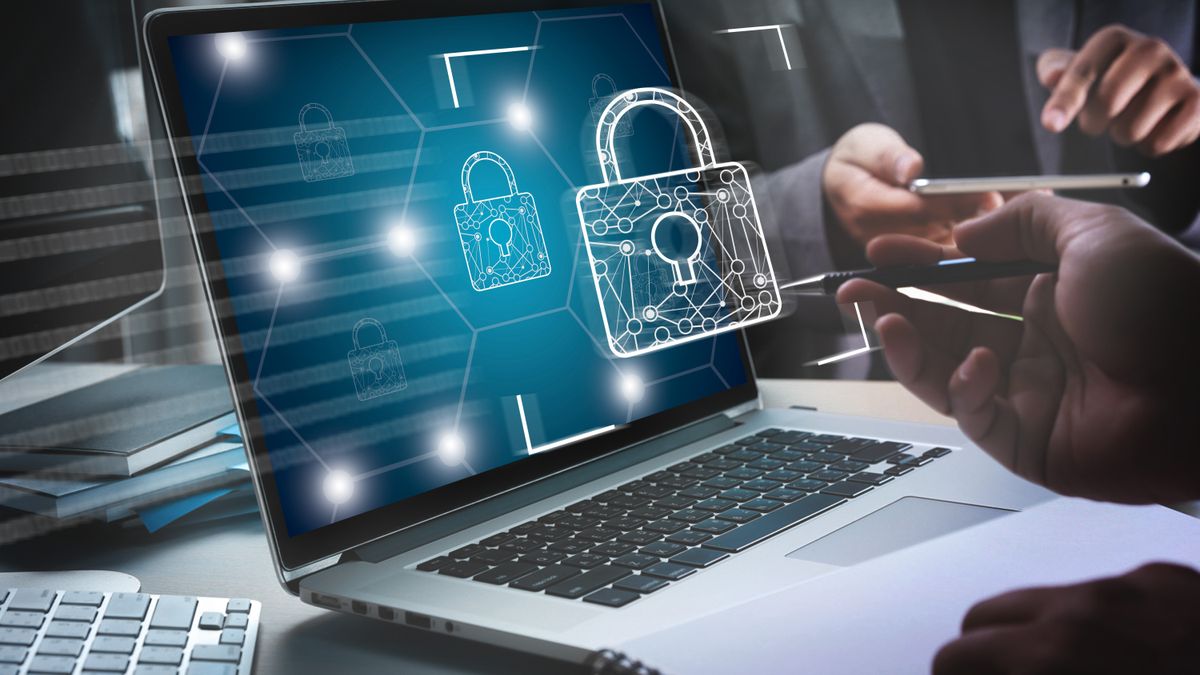Flexibility usually brings new advantages and challenges to employers and workers, as the world moves into a more permanent hybrid workforce. Whether your team works in the office, remotely, or anything between them You will not need to compromise your security for more flexibility, so how can you avoid security risks in the era of hybrid workforce workforce systems, thereby keeping your business safe?, That's what we invite you to discover in the rest of the article.

What are hybrid workforce systems?
Hybrid Workforce hybrid workflow systems are a type of mixed workforce that includes remote employees and those working from a central office or location In this way, employees can work from the places they want, either in a central location, such as warehouse, factory, retail site, or in a remote place, Like home, however, hybrid workforce systems are not only limited to working from home or working from the office; It is about helping employees achieve a flexible work-life balance.
Hybrid Workforce hybrid workflow systems enable employees to work in a more comfortable environment for them, if workers feel they are more productive in one place versus another, they can choose to work in that environment - or work in a combination of the two.
How can organizations avoid security risks in the era of hybrid workforce systems?
It is now more easy than ever to share confidential information, either inadvertently or harmfully, which increases the risk of internal threats to any company. Below we suggest a set of guidelines to avoid these risks under hybrid workforce hybrid workforce systems.
1. Maintaining security awareness on the horizon at all times
When staff are mostly in the office, they can constantly be reminded of the importance of security through signage, notifications and other forms of communication deployed around the workplace, to ensure a safe hybrid workforce through hybrid workflow systems Hybrid Workforce, these reminders should be sent, by default, to employees' homes, for example, companies can use manipulation to enhance security awareness training.
2. Expand Risk Surroundings
Many employees choose to work from home permanently or be in the office only occasionally. In this regard and in conjunction with the era of hybrid workforce workforce hybrid workforce systems, the employee's home should not be part of the organization's risk environment, as expanding the policy of distrust of household appliances is - For example, smart speakers, cameras, fitness equipment and connected TVs - It is necessary, and you need to keep in mind the green pop-up screens to prevent strangers from watching your home as an employee in case an employee attends a virtual conference.
Through hybrid workforce hybrid workforce systems, your employees have helped to separate their networks so that home appliances in a subnet are separate from work laptops, make sure to treat an employee's home as an extension of the enterprise network.
3. Develop uniform home and work staff policies
A local employee who uses the company's network must be treated with the same mentality of distrust especially with the mixed workforce, where the physical safety environment no longer exists hybrid workforce ", which means that standardized policies for home and work employees must be developed through hybrid workforce workflow systems, Multi-factor authentication is a must to constantly monitor the characteristics of your VPN system and end-user consumption patterns to create a uniform policy that controls alerts and responses.
4. Backup and testing
Ensure that data generated by remote employees and in workplaces are backup and continuously tested in line with hybrid workforce systems This includes data on employees' laptops, as well as data stored in the cloud and as ransomware attacks continue to increase, ensuring business continuity is critical If your business has the financial means to do so, store basic data and backup on different cloud.
5. Communicate with employees about best security practices
One of the biggest challenges that comes with telecommuting is ensuring that employees maintain security-conscious behavior when working offsite, such as whether they download all available security patches, maintain devices with antivirus/anti-malware solutions, and choose powerful passwords.
If employees do not apply basic safety practices at home through hybrid workforce hybrid workforce systems, there will inevitably be a greater risk of data breach, so it is important to make employees aware of how to protect themselves using security awareness training to educate them about the latest threats and best security practices.
6. Avoid using personal devices
While some companies enable employees to use personal devices to access internal resources, the use of personal devices creates significant security risks, as there is no formal process to verify the updating and maintenance of these devices.
As a result, it is safer for enterprises to create telework policies that prevent the use of personal devices to access work resources.
The administrator can take responsibility for managing working devices that keep pace with the hybrid hybrid workforce systems era, and ensure that they are corrected so that there are no security gaps in the systems that the cybercriminal can exploit.
7. Implementation of the principle of lesser privilege
Displays enabling all employees to access a shared file or application unauthorized access from harmful entities, So under hybrid workforce hybrid systems, implementing the principle of lower privilege and making sure employees have access to the data they need only to complete their day-to-day responsibilities is critical to making sure your data doesn't fall into the wrong hands.
One simple way to control access to apps and services is to use multi-factor authentication (MFA), where employees need to provide multiple authentication factors to log in, such as a password and passcode, sent to an email or trusted device.
Conclusion:
Hybrid Workforce hybrid workflow systems support more flexible working methods, often allow workers to split their time between telework and office work, and mixed workplaces tend to make extensive use of collaboration tools such as video conferencing and productivity applications.
other topics:
reference
1. << Hybrid workflow systems in the future >>, economictimes.
2. << Meaning of hybrid workflow systems >>, wikipedia.
2. << Meaning of hybrid workflow systems >>, wikipedia.

Add New Comment